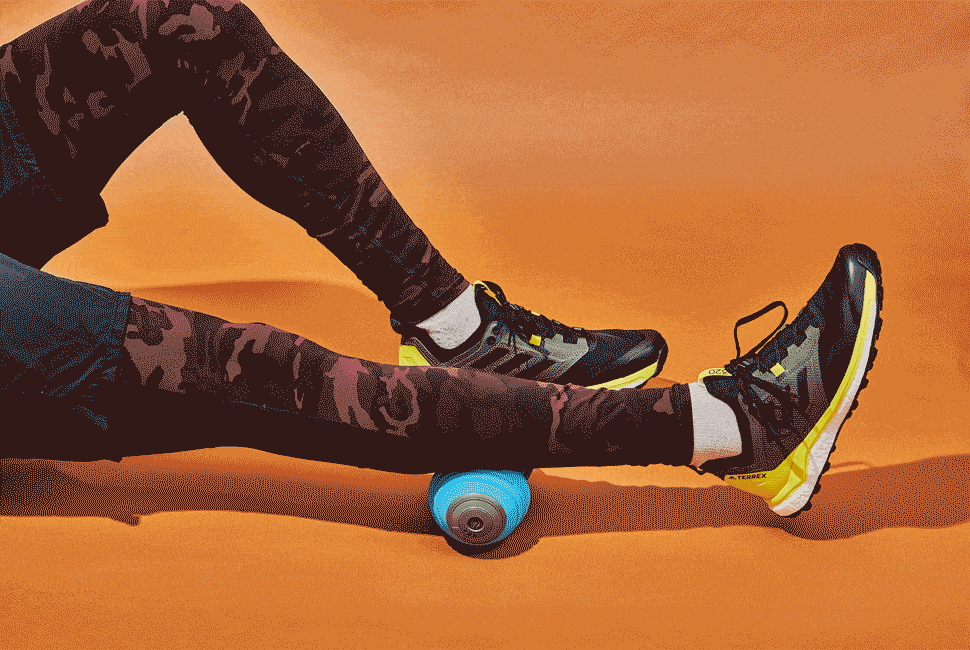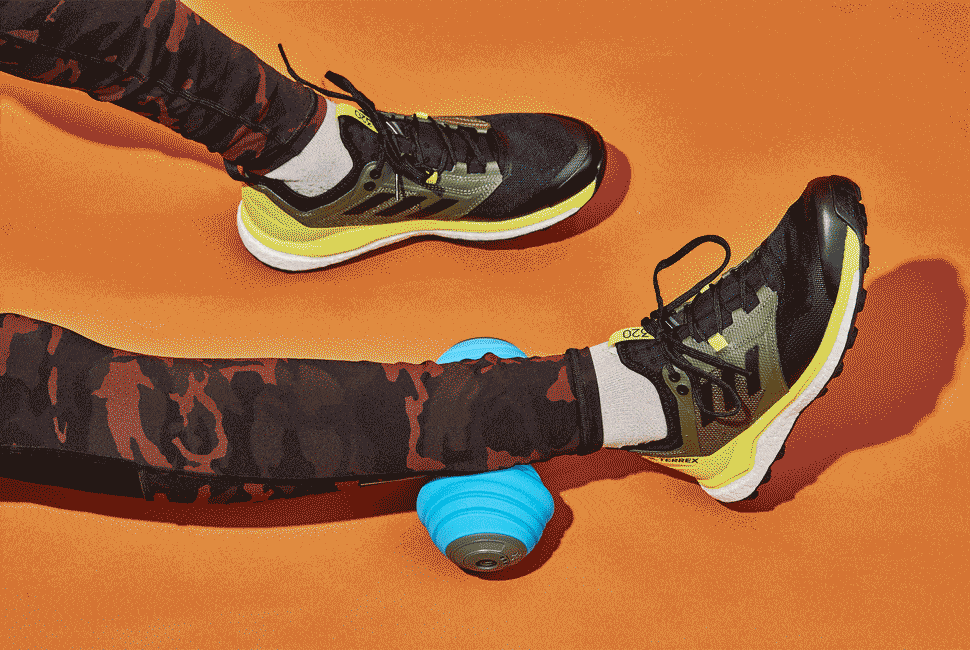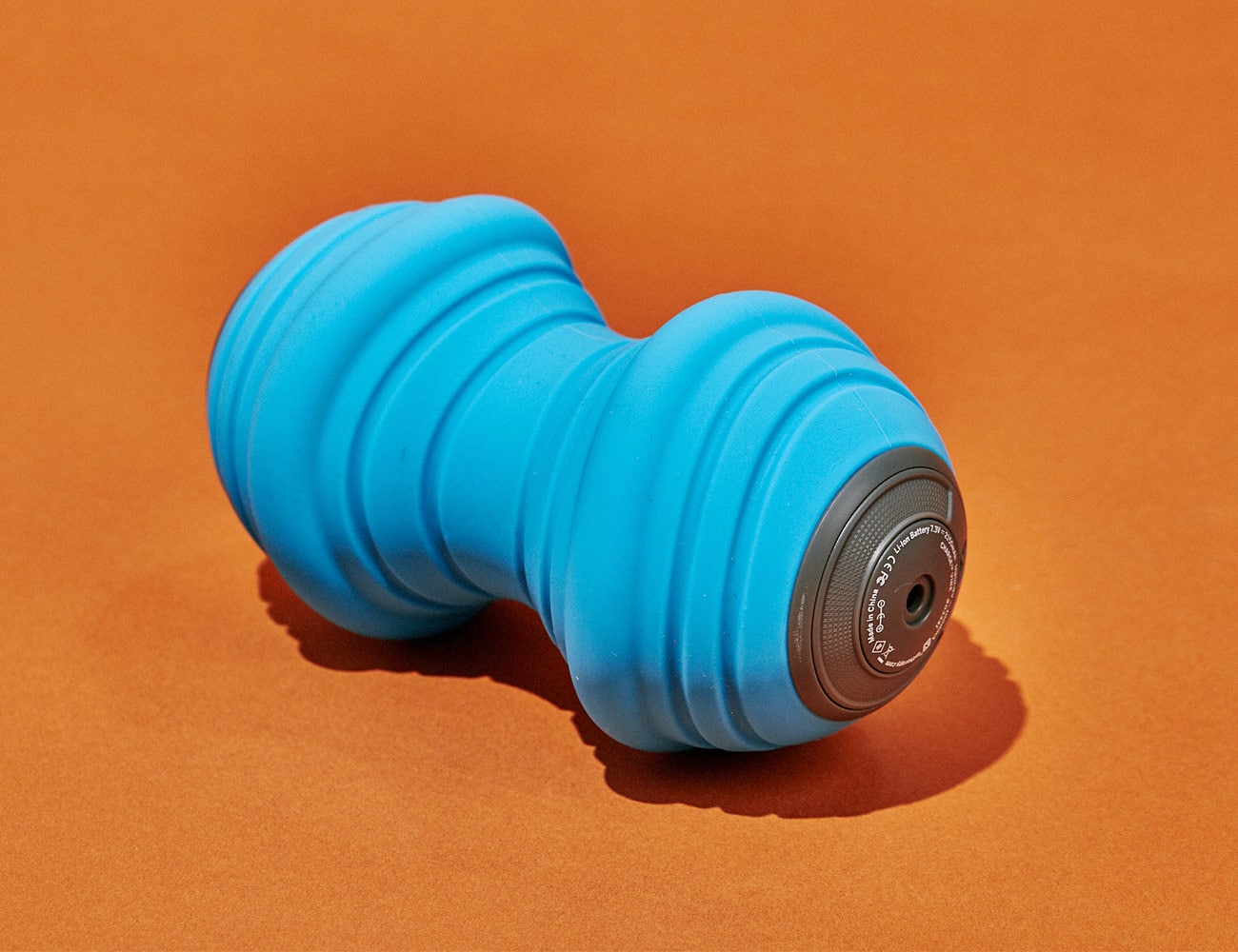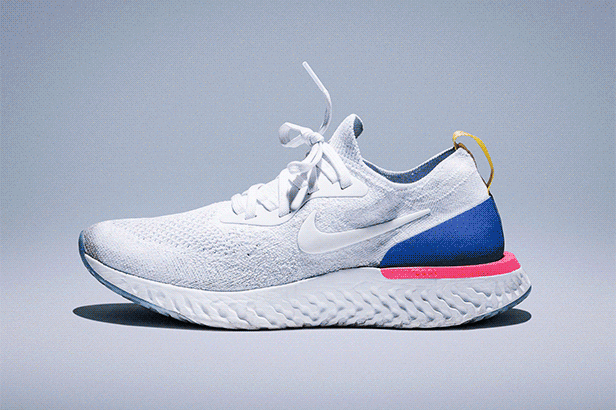With the start of a new year comes the promise of a new lifestyle. Whether you’re trying to run a 5K or just get to the gym at least once a week, you’re going to need a recovery plan. The first few days of a new workout routine will have you excited and willing to tackle new challenges, but after a few days of the same new workout, your body might start to fight back. That can manifest in a variety of ways — from achy muscles to full-on flu-like symptoms. You’ll have to push through to make it to the other side of these new habit-forming exercises.
Massages and sleep are the cheer squad your body needs. If once-a-week massages are a bit out of budget, try self-myofascial release, or foam rolling. You’ll regularly see these devices in gyms across the country — even personal trainers opt to leave room in their suitcase for these self-massage tools. If you’re short on space but want an elevated foam roller of your own, TriggerPoint’s newest release, the Charge Vibe, is a solid option. We tested it out for a couple of weeks and chatted with a physical therapist to figure out how best to take advantage of it.
The Good: TriggerPoint is one of the leaders in foam rollers and recovery tools, and the TriggerPoint Charge Vibe doesn’t stray from that level of authority. It looks like two large massage balls with a bridge in the middle and creates a scooped out section that’s perfect to massage all muscles in your lower body as well as your arms and upper back. It features a vibrating function with three intensity levels to really work the soreness out of your muscles. It’s small and weighs just two pounds, so it’s portable but has enough heft where it doesn’t feel cheap. “Since it’s small, it allows you to work on other areas that other rollers aren’t able to [reach]” Dan Giordano, DPT at Bespoke Treatments in NYC, says. “The divet in the middle is great for your Thoracic to lower back, so your mid-back and up.”
Who It’s For: Anyone who’s active or looking to get active should invest in a foam roller. If you picked up an entirely new workout routine in 2019, it’s advisable to add in some mobility work. You can use this tiny tool to warm up and cool down, helping to excite your muscles and prime them before taking off on a run, as well as massage them after a hard effort. After a workout, foam rolling can help improve your range of motion, which helps your body perform movements in all directions. “Optimal mobility allows a joint to experience full, unrestricted motion while controlling the constantly moving axis of rotation,” Pete McCall, MS, CSCS, says on the American Council on Exercise website. In the long run, optimal mobility means you can do everyday movements long term like sitting, squatting, bending, reaching, etc.


How to Use: “When people foam roll, [they] go up and down on the tissue, and that’s completely wrong,” Giordano says. “You have to stop and go side to side because that’s how restrictions are released, and the blood flow gets to the area to remove pain.” Giordano recommends using this on your lower extremities on calf, quad and hamstring muscles.
To start, place under your calf, near your Achilles. “Go up an inch, stop when you feel something, then go side to side, then move on. Stop for another second, then move up, continuing this all the way up and down your calf,” Giordano says. If you’re using as a warm-up tool, to excite the tissue stick with 15 to 30 seconds on each pause. If you’re ready to come down and activate a parasympathetic state (relaxation), use for one minute to a minute and thirty seconds in an area. “Don’t dig too much. Foam rolling shouldn’t hurt,” Giordano says. “Put a nice amount of body weight [on the roller] that won’t cause pain.”
Watch Out For: It’s not as light as it looks — when I first picked it up, I was shocked at its heft. It’s still light enough to go in any bag, but you will feel the weight as you walk. It’s still just as firm as many of the other TriggerPoint devices, so don’t let that dissuade you, but due to sheer size, it doesn’t work any differently on larger muscle groups like glutes as do other straight across rollers.
While it can be tempting to use on the muscles along the back of your neck, Giordano advises that you work with a medical professional to get the exact science down before getting after it. It can help with tension headaches, but you have to be careful not to dig in too deeply.
And, the research on vibrating foam rollers compared to a basic foam roller is still very light. There’s a definite benefit, but you’ll have to pay the price for that.
Alternatives: There are a variety of vibrating massage devices to help speed up your recovery. Earlier this year, we looked at the Hyperice Hypervolt ($349), which is a handheld device. There’s also the Hyperice Vyper 2.0 ($239) and the TriggerPoint Grid Vibe Vibrating Foam Roller ($95).

Review: Studies show that foam rolling can help reduce tension, improve your range of motion and can sometimes lower pain. So, “if you have time to use a foam roller every day, use it,” Giordano says. While regular old foam rolling will get you top marks, to truly go above and beyond (and hit your goals this year), a vibrating foam roller is the way to go. It’s quick and can sometimes feel like a massage, which is something I’ve never experienced with a regular foam roller.
I tend to remember to foam roll after classes or a run, although I know it’s best to do both. After a recent run, I slid my calf between the grooves and slowly worked my way north as Giordano recommends. The grooves helped nudge me to move side to side, where I usually roll up and down my calf. Imagine the feeling of fingers kneading your calves, but replace fingers with a rubberized curved wall. I found this to be most helpful in releasing my biceps and forearms, which is sometimes exhausting to do using a handheld massage tool, and hard to reach with a regular foam roller.
The three levels of vibration take some getting used to, but I’m assured that it’s a matter of personal preference and some combination of what’s in my head. “The vibration speeds are good because lots [of people] can’t handle the top speed of some of these new devices,” Giordano says. “It’s more of a cognitive issue because it’s not hurting you at all, but [I like] the fact that it does change frequency. You start low and move high.” I preferred the lower speeds for my legs and higher rates for upper and mid-back.
Verdict: Pick up one of these small vibrating foam rollers if you’re upping your workout intensity or have plans to do so. Foam rolling every day is an easy way to keep your muscles moving throughout your life, so using one is step one in longevity. For just $100, this powerful device works like any other foam roller, only with a variety of pulse levels and a divet to help remind you to use it properly. If you’re intimidated by foam rolling, this is an optimal way to start.
TriggerPoint provided this product for review.

Hot takes and in-depth reviews on noteworthy, relevant and interesting products. Read the Story




